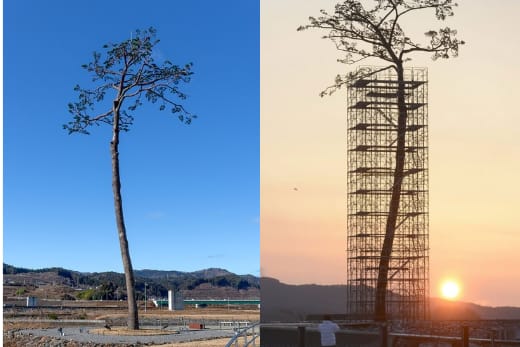In a remote corner of Rwanda, the extraordinary life of Callitxe Nzamwita, a 71-year-old man, draws both bewilderment and empathy. For approximately 55 years, he has lived entirely in isolation, a self-imposed, fortress-like existence born from an intense fear of women—known as gynophobia .
At just 16, Nzamwita took drastic measures to safeguard himself from the source of his fear: he barricaded himself inside his home and erected a 15-foot fence around it. His explanation was simple and chilling in its sincerity: “I locked myself inside my house with a fence to ensure that women cannot come closer to me” .

Despite—or perhaps because of—his deep-seated fear, it’s the local women who ensure he survives. Neighbors recount how, out of compassion, they deliver food and basic necessities from a distance, often tossing items into his home rather than approaching him . “When we try to help him, he doesn’t want us to come closer or talk to him… we give him things by tossing them into his house,” a neighbor shared .
Remarkably, despite decades of isolation, Nzamwita seems content. He has no desire for female companionship and expresses that his life of solitude is sufficient for him. “The way I live is enough for me. I didn’t have any idea of having a woman and I’m okay with that. I do not want women around me because they make me really scared,” he reportedly said .
Psychologically, gynophobia is categorized as a specific phobia—a marked fear toward a particular type of stimulus—even though it’s not formally recognized as a standalone disorder in the DSM-5 . Symptoms often include panic attacks, chest tightness, profuse sweating, racing heart, and difficulty breathing at the mere thought of the feared object—in this case, women.






